Logik L19HED12 Bruksanvisning
Läs gratis den bruksanvisning för Logik L19HED12 (69 sidor) i kategorin Tv. Guiden har ansetts hjälpsam av 20 personer och har ett genomsnittsbetyg på 3.9 stjärnor baserat på 10.5 recensioner. Har du en fråga om Logik L19HED12 eller vill du ställa frågor till andra användare av produkten? Ställ en fråga
Sida 1/69

19” HD Ready LED TV
with DVD Player
Instruction Manual
L19HED12
L19HED12_IB_Running Change_121018_Annie.indd 1 18/10/2012 11:49 AM
Produktspecifikationer
| Varumärke: | Logik |
| Kategori: | Tv |
| Modell: | L19HED12 |
Behöver du hjälp?
Om du behöver hjälp med Logik L19HED12 ställ en fråga nedan och andra användare kommer att svara dig
Tv Logik Manualer

15 September 2024

15 September 2024

15 September 2024

15 September 2024

15 September 2024

15 September 2024

15 September 2024

15 September 2024

15 September 2024

15 September 2024
Tv Manualer
Nyaste Tv Manualer
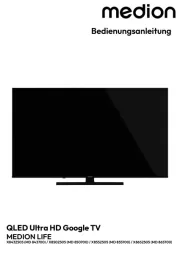
21 Oktober 2025
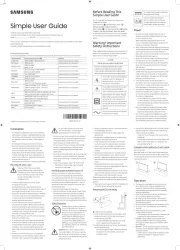
20 Oktober 2025
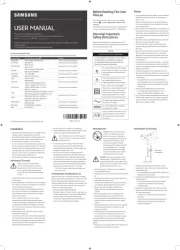
20 Oktober 2025
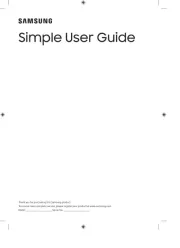
20 Oktober 2025
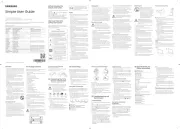
20 Oktober 2025

19 Oktober 2025

19 Oktober 2025

19 Oktober 2025

19 Oktober 2025
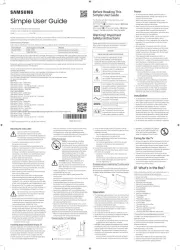
19 Oktober 2025